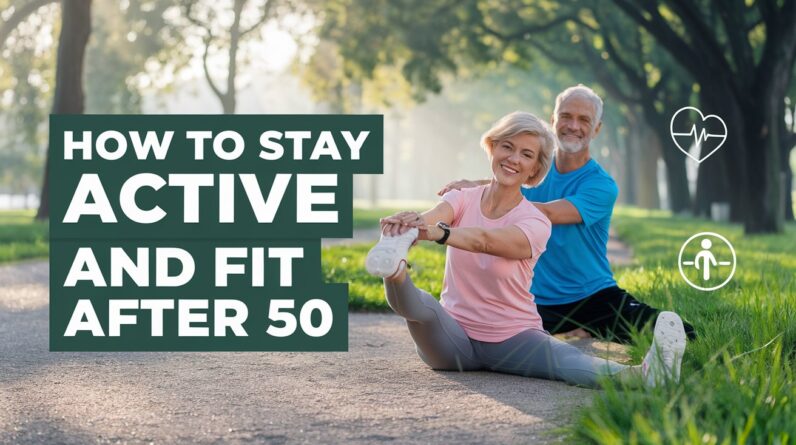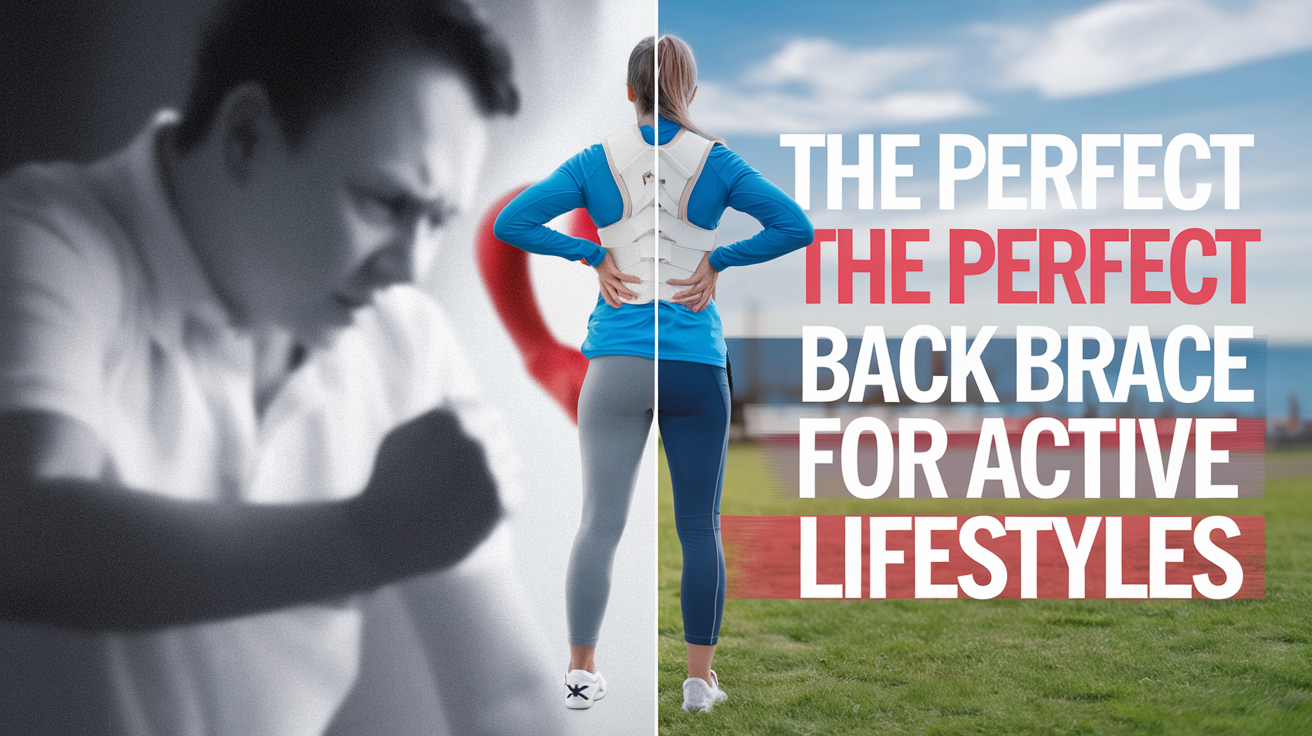
Staying active and maintaining fitness after 50 is crucial for long-term health, mobility, and overall well-being. As we age, our bodies go through natural changes, but that doesn’t mean we need to slow down. In fact, regular physical activity can help you maintain strength, prevent age-related diseases, and improve your quality of life.
Here’s a practical guide on how to stay active and fit after 50, with tips on exercise, nutrition, and lifestyle habits that will help you feel your best.
1. Prioritize Strength Training
Strength training becomes increasingly important as we age to counteract muscle loss (sarcopenia), which begins to accelerate in your 50s. Building and maintaining muscle mass helps improve metabolism, bone density, and joint health.
Simple Strength Training Exercises:
- Bodyweight Exercises: Squats, lunges, push-ups, and planks can help build strength without the need for gym equipment.
- Resistance Bands: These are gentle on joints while providing effective resistance training.
- Light Weights: Start with light dumbbells or kettlebells to perform exercises like bicep curls, shoulder presses, and deadlifts.
Aim for 2-3 strength training sessions per week to improve muscle tone and overall strength.
2. Incorporate Cardiovascular Exercise
Cardiovascular exercise is essential for heart health, weight management, and improving stamina. After 50, regular cardio workouts help lower the risk of heart disease, high blood pressure, and diabetes.
Recommended Cardio Activities:
- Walking: One of the easiest and most accessible ways to stay active. Walking 30 minutes a day can significantly improve heart health.
- Swimming: A low-impact exercise that’s gentle on the joints but great for cardiovascular endurance and muscle strength.
- Cycling: Whether on a stationary bike or out on the road, cycling helps boost circulation and strengthen leg muscles.
- Dancing: A fun way to keep fit while improving coordination and balance.
Strive for at least 150 minutes of moderate-intensity cardio per week to support heart and lung health.
3. Improve Flexibility and Balance
As we age, our flexibility and balance naturally decrease, which can increase the risk of falls and injuries. Incorporating exercises that promote flexibility and balance helps maintain coordination and reduces stiffness.
Best Flexibility & Balance Exercises:
- Pilates: Pilates improves flexibility, core strength, and balance while focusing on controlled movements that are gentle on the joints.
- Stretching: Regular stretching keeps muscles limber and joints flexible. Focus on stretching the legs, hips, back, and shoulders.
- Tai Chi: This ancient practice promotes balance, stability, and mental relaxation with slow, flowing movements.
Try to include 10-15 minutes of stretching or Pilates every day to stay limber and prevent injuries.
4. Focus on Joint Health
Joint health becomes a major concern for people over 50, especially if you suffer from arthritis or joint stiffness. To keep your joints healthy, choose low-impact exercises that don’t put too much strain on them.
Joint-Friendly Exercises:
- Swimming and Water Aerobics: These low-impact activities reduce pressure on joints while improving mobility and flexibility.
- Elliptical Machines: Provides a cardio workout without the harsh impact on knees and hips.
- Walking: Keep a moderate pace and use cushioned shoes to minimize impact on the joints.
Adding flexibility exercises like stretching and Pilates can also improve joint function and reduce pain.
5. Eat a Nutrient-Dense Diet
Physical fitness isn’t just about exercise—what you eat plays a critical role in keeping you strong, energized, and healthy as you age. Focus on a balanced diet rich in lean protein, healthy fats, fiber, and essential vitamins and minerals.
Nutritional Tips for Fitness After 50:
- Lean Protein: Include sources like chicken, turkey, fish, eggs, beans, and lentils to support muscle repair and growth.
- Omega-3 Fatty Acids: Found in salmon, walnuts, and flaxseeds, omega-3s reduce inflammation and support joint and heart health.
- Calcium and Vitamin D: Essential for bone health, especially for preventing osteoporosis. Add dairy, leafy greens, and fortified foods to your diet.
- Whole Grains and Fiber: Foods like oats, quinoa, and brown rice help regulate digestion and keep energy levels stable.
- Hydration: Staying hydrated is key to maintaining energy levels and reducing muscle cramps.
Consider consulting with a nutritionist to create a meal plan tailored to your unique dietary needs.
6. Get Enough Rest and Recovery
Recovery is just as important as exercise, especially as you age. Your body needs time to heal and rebuild after physical activity. Prioritize sleep, which helps muscle recovery, improves cognitive function, and reduces stress levels.
Recovery Tips:
- Quality Sleep: Aim for 7-9 hours of sleep per night to allow your body to fully recover.
- Active Recovery: Light activities like walking or stretching on rest days can help improve circulation and reduce muscle stiffness.
- Massage Therapy: Regular massages can ease muscle tension, improve circulation, and enhance relaxation.
Listening to your body and taking time to rest will prevent overexertion and promote long-term health.
7. Stay Social and Engaged
Maintaining an active social life contributes to emotional and mental well-being, which in turn supports physical fitness. Join group fitness classes, walking clubs, or sports leagues to stay motivated and connected.
Social Fitness Ideas:
- Pilates Classes: Enjoy the benefits of Pilates and a supportive community.
- Walking Groups: Join a local walking group to keep fit while making new friends.
- Recreational Sports: Try low-impact sports like tennis, golf, or pickleball for fun and fitness.
Staying socially engaged keeps you accountable and enhances your sense of purpose as you maintain an active lifestyle.
Conclusion
Staying active and fit after 50 is all about consistency, variety, and making smart choices that suit your body’s needs. By incorporating strength training, cardio, flexibility, and balance exercises into your routine, along with a healthy diet and proper rest, you can continue to lead a vibrant, healthy life well into your golden years.
Start today by choosing a few exercises or activities that appeal to you and gradually build from there. Staying fit after 50 isn’t just about physical health – it’s about living your best life.







